The Magic of Medium
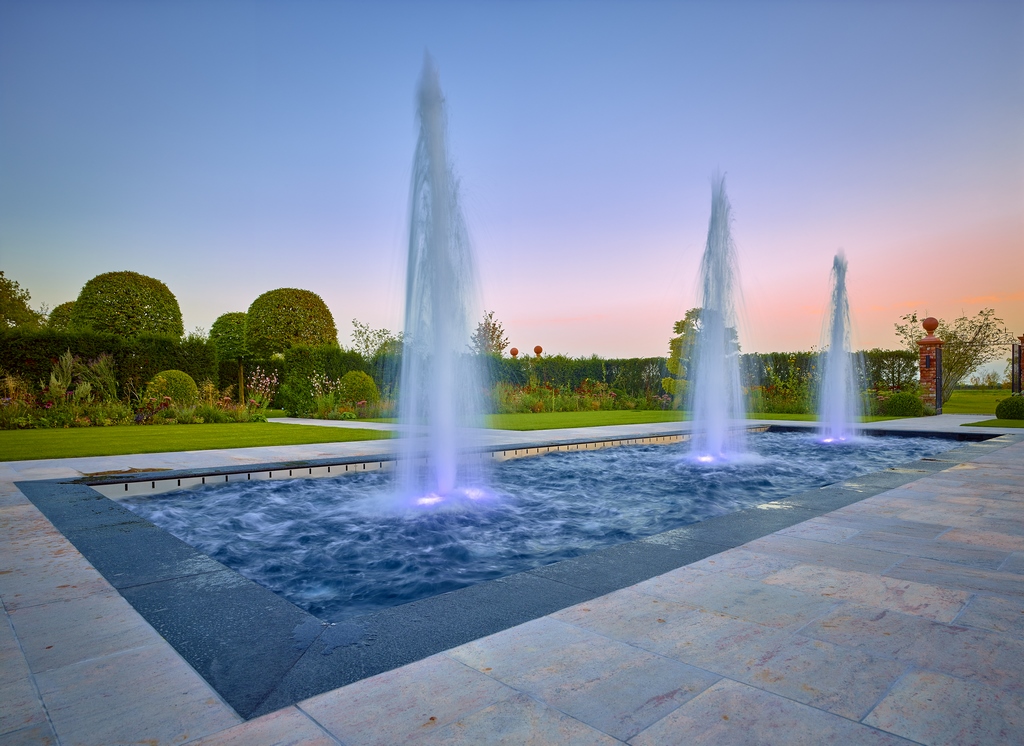

For all the attention record-setting fountains receive when they come on line, the medium-to-small fountains are the true bread and butter for the industry that makes them. As David L’Heureux of Crystal Fountains explains here, working at the more commonplace tiers of the market requires every bit as much creativity, flexibility and sometimes patience as needed when tackling fountains that become household names.
By David L’Heureux
Even though our company is known for monumental fountain systems, probably two thirds of our business is found in the more modest projects — the kind that do not make the news when someone flips the on switch. That might come as a surprise to some people because over the years, Crystal Fountains has been largely identified by our work on the mega-projects in places like Versailles or Longwood Gardens, which always gain lots of attention.
While we do have a strong track record on the ultra-high-end, every day we also work on far smaller projects — be they modest fountains in a commercial setting or high-end residential properties. To be clear, when I say medium or small fountains, that might be anything from a 100-thousand-dollar project down to one that might only be a few thousand dollars. It’s quite a broad spectrum.
This is a critical part of our business, because frankly, if it wasn’t for this more modest tier, we’d probably starve to death. It’s a crucial part of what we do and no less a source pride compared to the marquee works.
LESS AND MORE
As much as we embrace the medium-to-small fountain market, there are limits, lines we won’t cross. When working in the lower levels of the market especially we find our equipment, at times, being compared to something you might buy at Home Depot, where small systems can be purchased off-the-shelf at discount rates.
That’s not our focus and we’re sometimes obliged to define the differences, such as the fact that our equipment is always commercial grade and much more expensive than the plastic features you find at big box stores.
Also, from a design standpoint, there are certain cliches we try avoid, which are particularly popular among lesser fountains. We don’t, for example, get involved in the typical courtyard fountain that has a quatrefoil basin, three tiers with a pineapple on top. There are countless fountains that fall into that category but that’s just not our sweet spot.
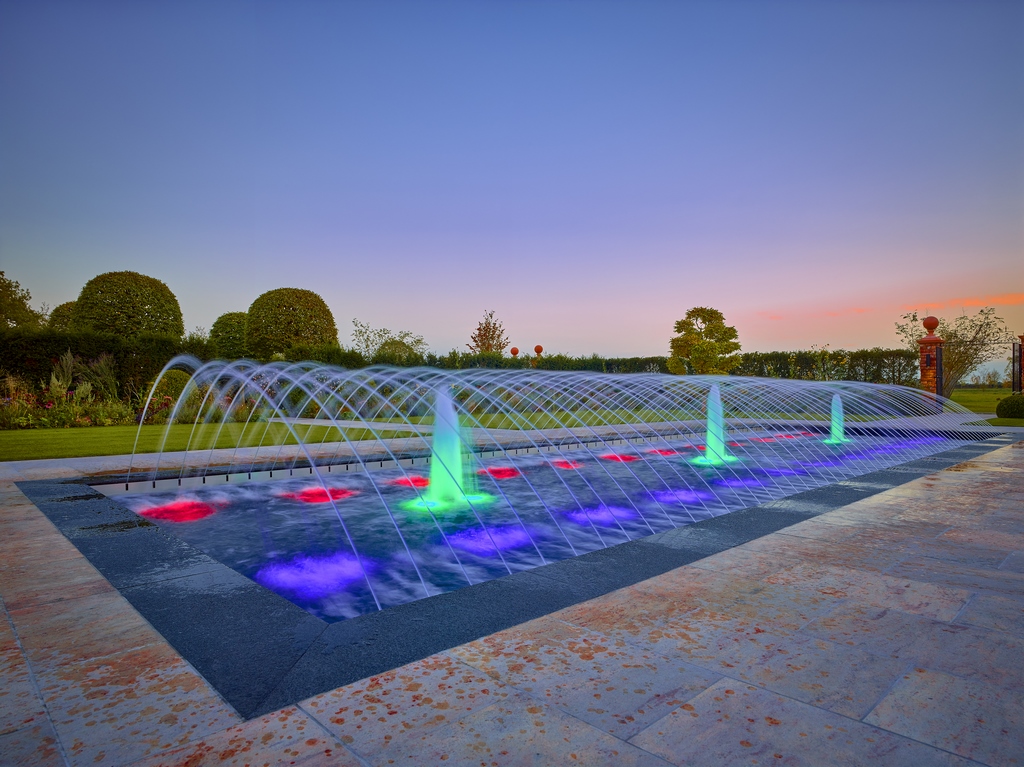
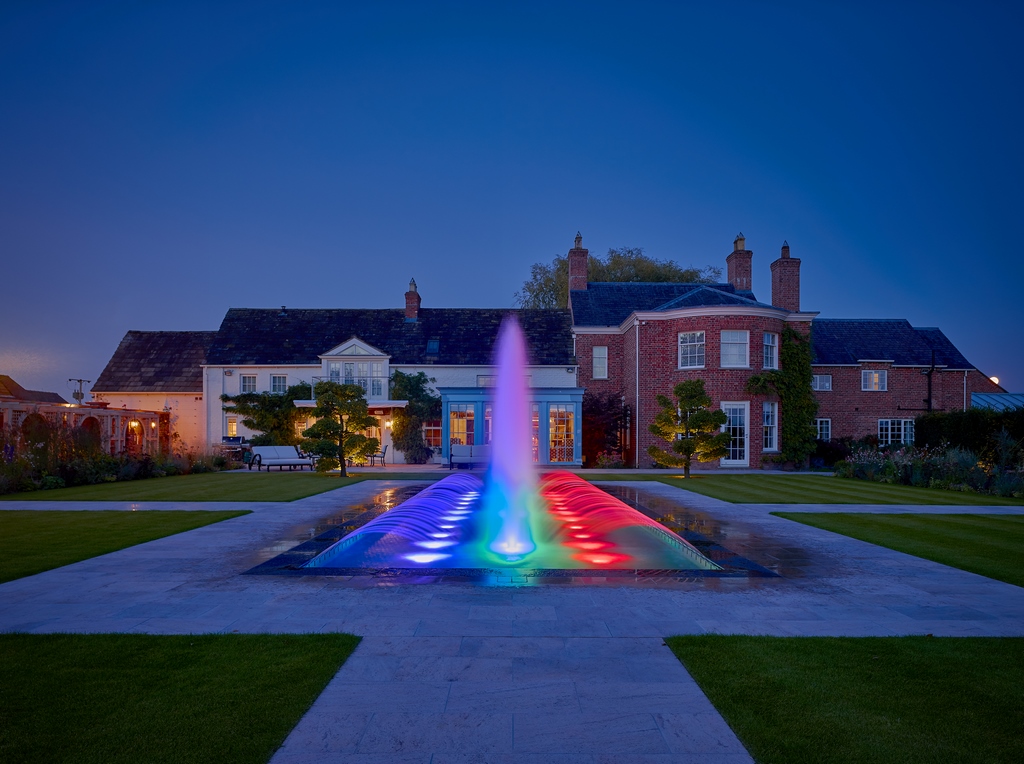
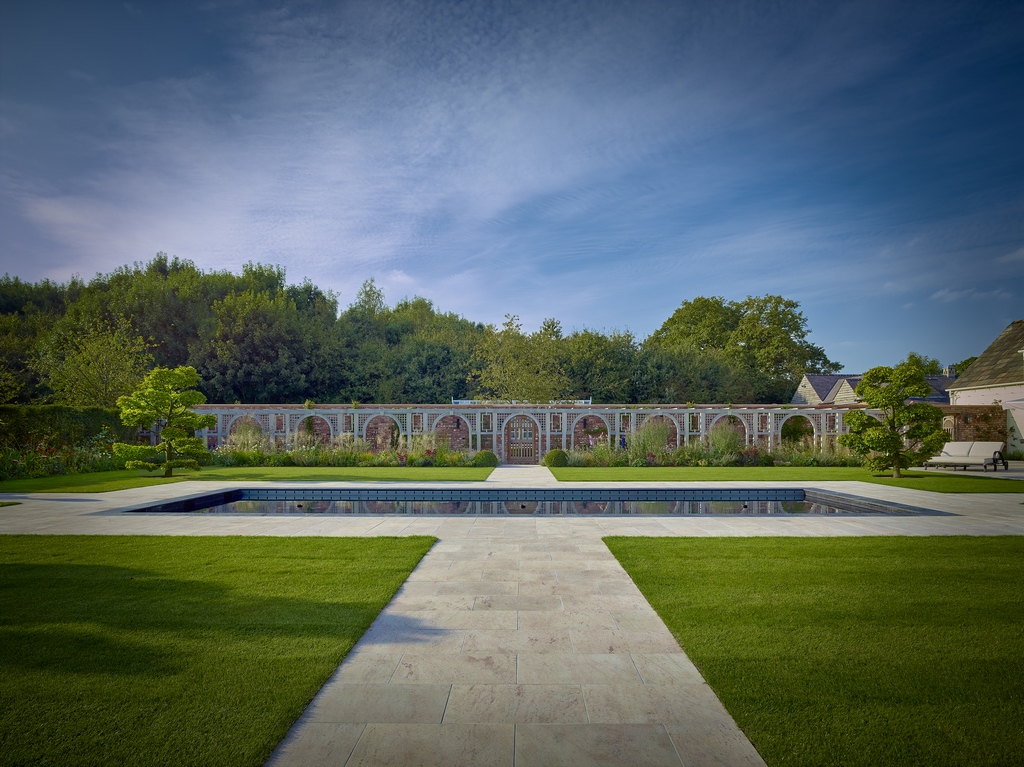
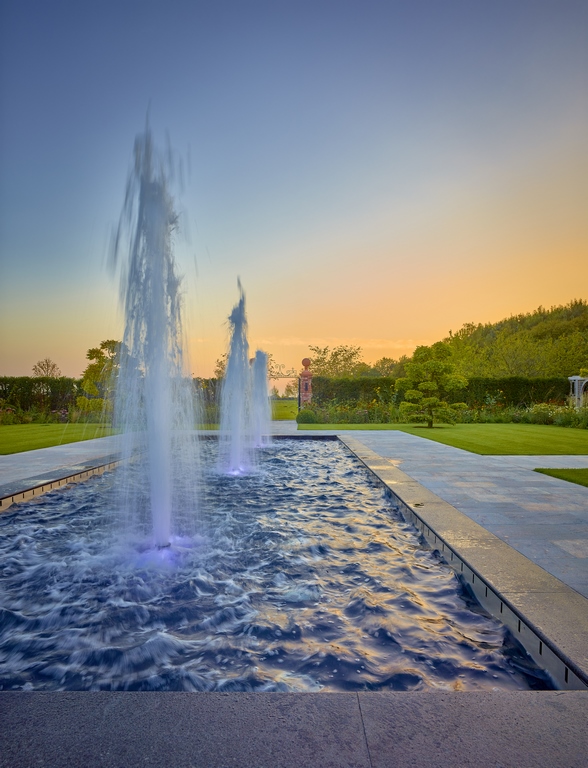
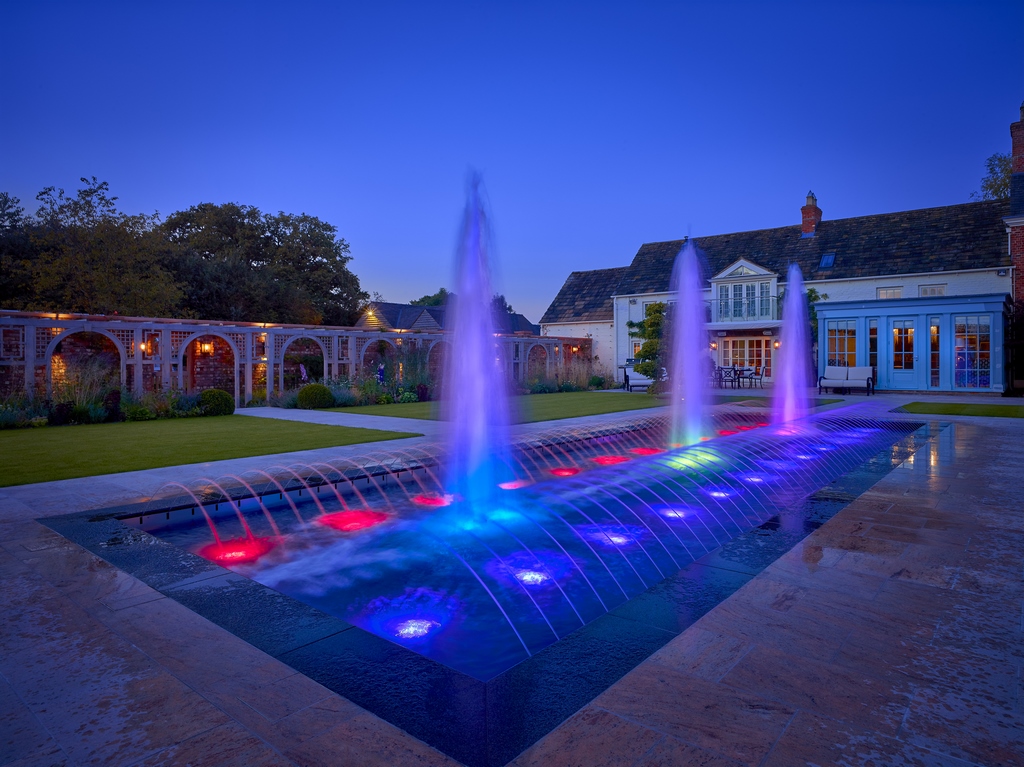
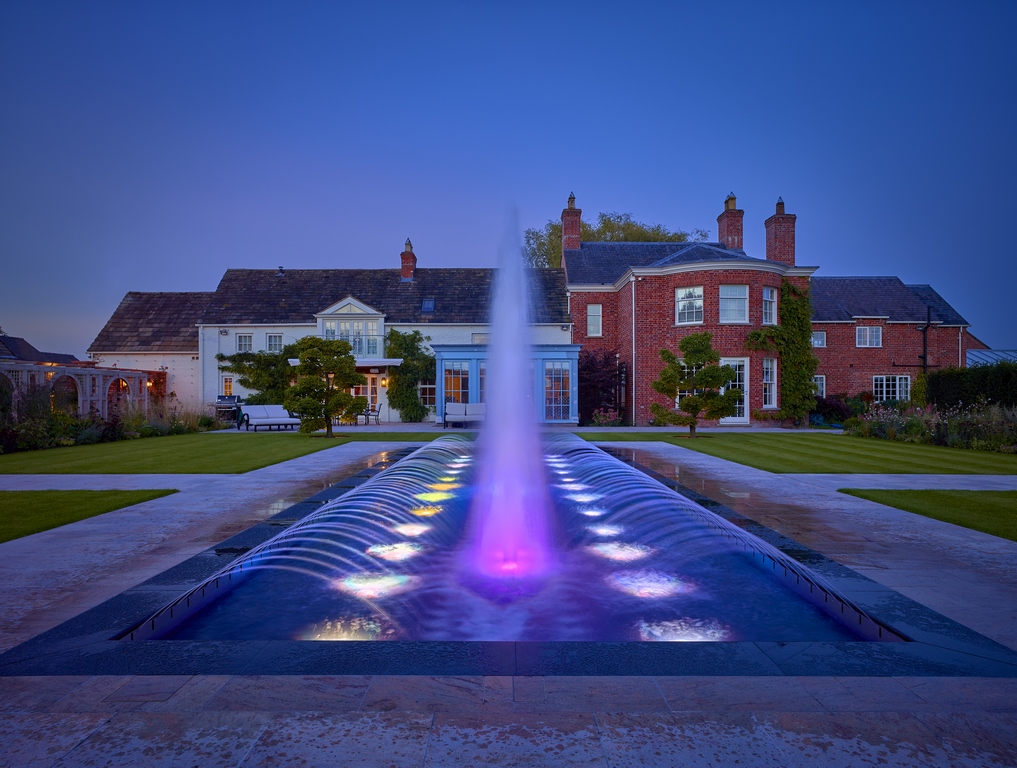
Fact is, we can’t really compete in that world because it’s where you find a plumber putting the fountain together using plastic components in an effort to keep the price down. In those situations, the fountain is either built as inexpensively as possible, or not at all.
Not surprising, these are the types of installations that run into trouble down the road with fittings that don’t last, or poorly designed hydraulics and noticeably uneven performance. While we acknowledge there’s a place in the market for super simplistic work, we resist moving into the lowest market strata where quality is sacrificed for affordability. That’s a bright line we are not willing to cross.
Instead, we are constantly making the case that at all levels of our work, there are varying degrees of customization, all built to commercial-grade standards. Even our simplest fountains are thoughtfully and creatively designed. They are often installed by accomplished watershaping firms, such as high-end swimming pool contractors or companies that specialize in fountain installations, as well as custom-minded residential pool builders.
UNIVERSAL APPEAL
One thing that unifies these mid-level to low-level fountain systems with the mega-projects is that they exist for essentially the same reasons. Water is an eternal spectacle and magnetic force. It’s amazing how many retail properties, condo and apartment complexes, and entertainment venues include fountains these days.
Fountains remain popular in commercial settings because they afford advantages to owners: attracting customers, driving foot traffic, holding visitors’ interest and keeping them on site for longer than they would if there was no waterfeature.
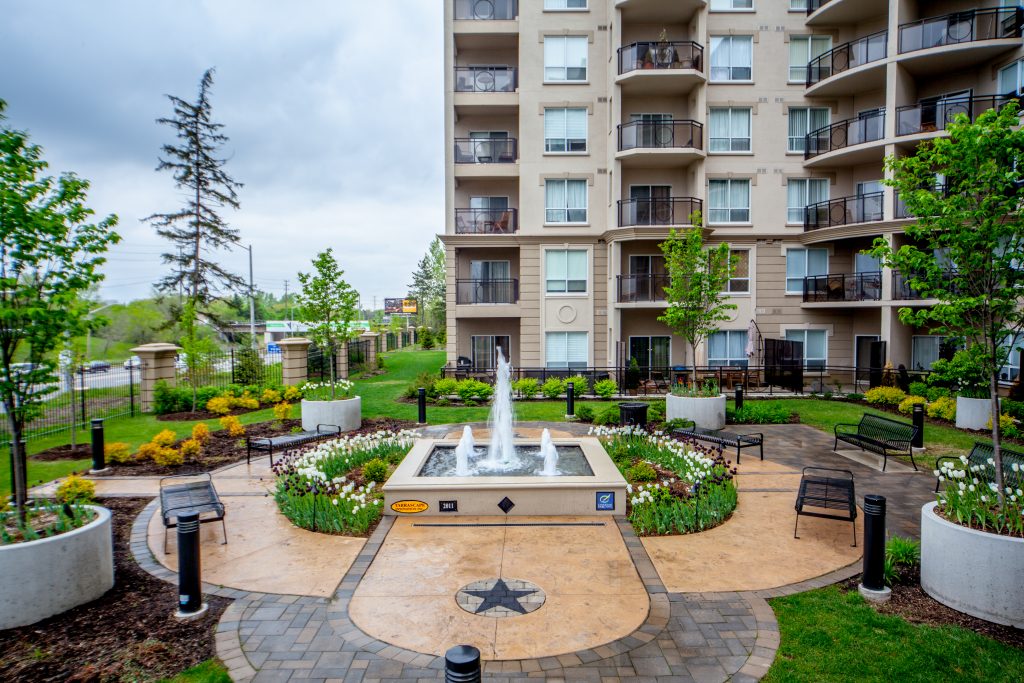
Fact is, fountains didn’t start with the kinds of historically outsized systems you find at high-profile historic sites, like the two mentioned above. Those places were far head of their times in terms of complexity, creativity and overall size. Instead, fountains were started primarily out of utility. They were simple spouts and basins located in town squares and plazas where common folk gathered water for drinking, bathing and cooking. It wasn’t until later that fountains became purely ornamental.
While it’s rare these days that fountains serve as public utilities in that traditional sense, they’re common presence in the public square has never gone away. The sights and sounds of moving water have remained a mainstay in the urban landscape for centuries.
These days, the utility of fountains is to create destinations and a sense of excitement, luxury and comfort. In some situations, they exist to cool the surrounding air; but mostly they are there to generate an identity for a given property in a type of almost atmospheric type of branding.
If you look at the fountain industry as a pie chart, there are different slices for the various segments. As a leading example, the hospitality industry has become one of the most significant segments in the past 15 years or so. We started working with aquatic designers in the mid-2000s to cultivate that class of customers and the market segment has only continued to gain momentum ever since.
POOL CONNECTIONS
Working in hospitality, we’ve found that the fountains are often done in conjunction with swimming pools, which means working with pool contractors. We’ll meet with architects or other aquatic consultants who are working on the pool at a Holiday Inn or a Marriott, for example, and often there’s a fountain in the plan needing technical support.
We have found that many, if not most, commercial swimming pool contractors also install fountains to expand their scope of work. While these companies are on site building a pool, it only makes sense that they also build the display features, which requires a very similar skillset.
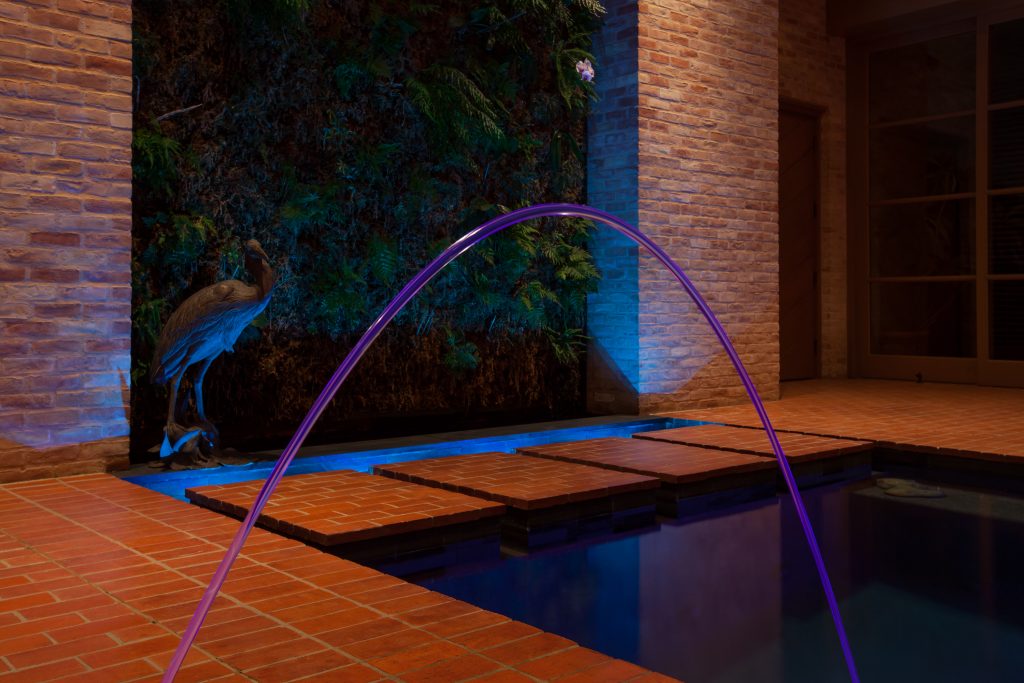
In those situations, our work will usually start with the architect or landscape architect who has set aside a space for a fountain display, and they turn to us for creative input as to how to populate that area with something that fits the profile of the property.
We’ll offer different ideas and make comments about the consultant’s own design ideas, which often takes the form of assessing the feasibility of a given design. We are intimately familiar with the “behavior” of water and can easily identify what will work and those concepts that won’t.
When it’s time to install the system, we will switch hats and become the equipment supplier and technical consultants to the installer. We offer advice and guidance about hydraulics and specific mechanical considerations that can get down into the real nitty gritty of hardware selection and fixture placement.
Sometimes the installer is looking at a conceptual plan that doesn’t call out any specific equipment. In those situations, we step into the role of specifier, selecting the nozzles that will achieve the desired effects indicated on the plans.
That’s all very different from the retail “pie slice” where there is no swimming pool involved and the fountain is usually installed by a general contractor or sub-contractor that specializes in fountain installations. So, while that segment might seem similar in that the fountains are either medium-sized or small, they’re installed by a completely different cast of characters.
Different still is the high-end residential slice, where again there’s a pool company involved, but the designs are tailored for the specific needs and wishes of the homeowner as opposed to a business. In that segment, we see a broad range in terms of fountain complexity to match the people we’re serving.
In some cases, the functionality of residential fountains essentially mimics the kind of automation and lighting that you find in the mega-projects. As surprising as it might seem, there are those homeowners who can afford to have a miniature version of Bellagio in their backyard. In those settings, the fountains are making highly personal statements, rather than attracting customers, which is a completely different mindset from a design standpoint, but much of the technology is the same, just on a smaller scale.
INSPIRING BY DESIGN
We also see that direction in commercial projects, where the clients or somebody on the design team decides that they want the spectacular, often programmable displays, but in a smaller space. They’ve often studied traffic patterns or even the psychology of consumer behavior and they are willing to invest in a feature that will function as the visual touchstone for the property.
Whether it’s commercial or high-end residential, the iconic fountains play a key role in driving demand for the medium-sized market slice. Having those big jobs in our repertoire gives us a leg up when dealing with property owners and managers that want the “wow factor,” but on a lesser scale. On the marketing side, we’ve learned to balance the messaging that we are qualified to serve the ultra-high-end market, but that we are also here for the other market tiers.
One of the projects pictured here is an incredibly sophisticated residential installation that, in look and effect, is as sophisticated as most any commercial system, with an array of different nozzles and LED lighting effects. By contrast, in the residential market we also run into the extremely simple systems that are basically static features that do just one thing.
We must be flexible and responsive to the needs of the client and the project parameters, regardless of size and price tag. It is gratifying to see how clients of smaller projects can be just as enthusiastic, or even more so, than the more institutional clients. Also, you never know when a small project leads to something bigger.
RELATIONSHIP BUILDING
The different types of market segments also come with very different timelines. If we’re dealing with a contractor, they might need equipment right away, which is always fantastic from a sales standpoint.
Or, if we’re working with an architect, the installation might be two or even three years down the line because the building itself has to be built first, which means you have to take the long view and exercise patience as the work unfolds. So, we’ve learned to be responsive regardless of the situation.
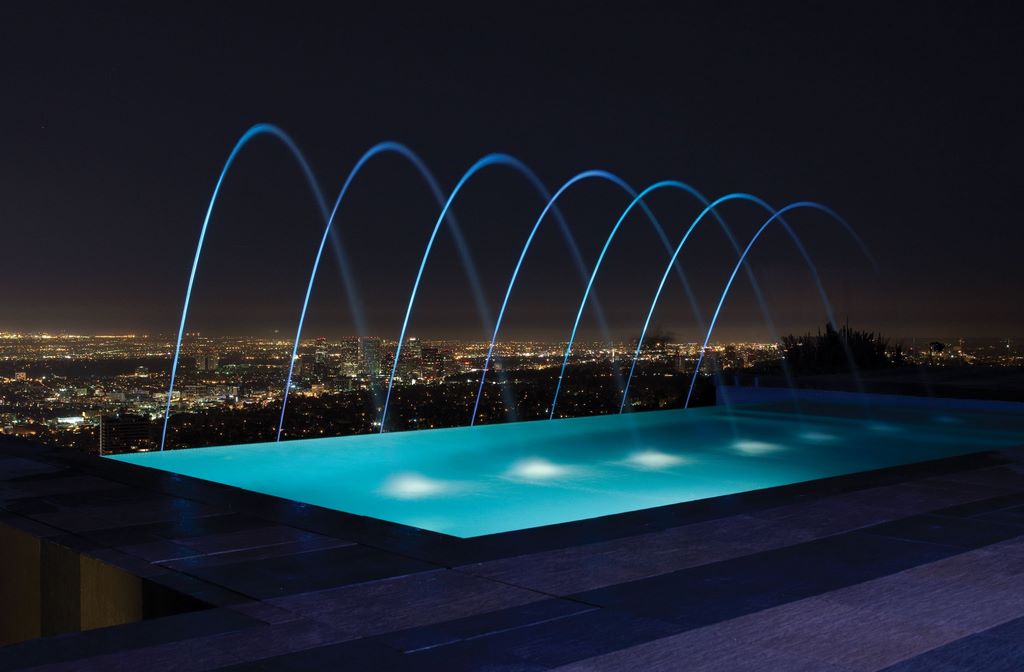
With each project, regardless of size, we’re always working to establish lasting relationships. Because every fountain we help create is different, as is every situation and every client, we’re extremely mindful of the human factor.
Truth be told, no one actually “needs” a fountain, they are always a luxury, while at the same time they can become emotional focal points. Fountains support the clients’ identities and while they may not be mission-critical for most, they embody the emotional impact of water and become crucial in their own way. That’s all part of why midsize and small fountains are every bit as significant as those that wind up on television or go viral.
The enduring fact is, fountains bring joy to people, regardless of size and the price tag. We will always enjoy and cherish the big projects, but treating smaller features with the same care and passion is key for we bring the magic of water into people’s lives – and that never really changes.
David L’Heureux is co-owner and chief sales officer for Crystal Fountain in Toronto. He has more than 35 years of experience in the water feature industry.
Photos courtesy of Crystal Fountains.










